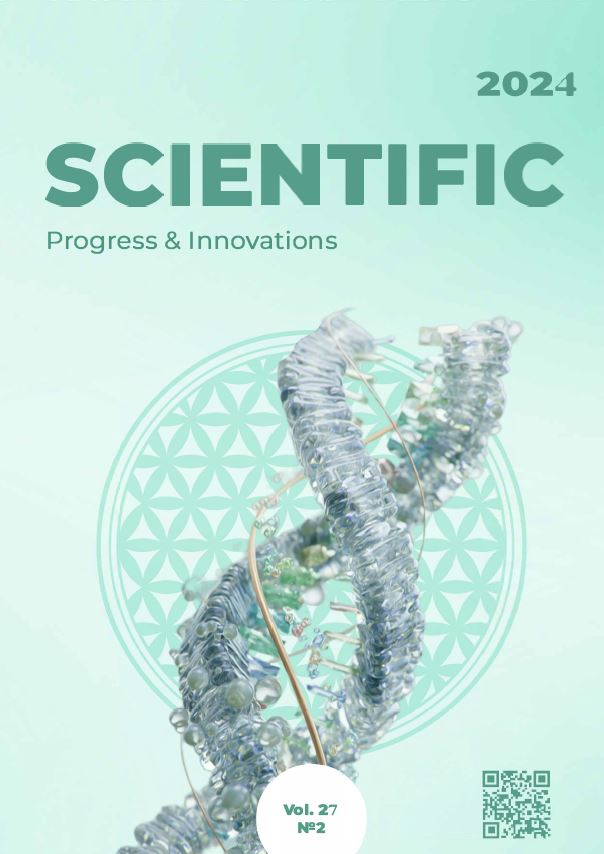Features of the course of otodectosis in mixtinvasions of dogs and cats
DOI:
https://doi.org/10.31210/spi2024.27.02.22Keywords:
parasitology, otodectosis, dogs, cats, associative courseAbstract
Increased contact between domestic dogs and cats as a result of population migration, imports from other regions that are not adapted to local conditions, unsanitary conditions of places where they walk, and an uncontrolled number of homeless animals undoubtedly affect the spread of various ectoparasitic diseases. Most often, among such diseases of dogs and cats, acaroses caused by acariform mites are registered, among which the causative agent of otodectosis Otodectes cynotis is one of the most common. Ticks are localized on the inner surface of the auricle and in the external auditory canal and can lead to the development of various types of otitis, and in case of complications, the process often spreads to the middle and inner ear and then to the meninges, which can lead to the death of animals. The purpose of the research was to establish the peculiarities of the course of otodectosis in dogs and cats as part of mixtinvasions. Parasitological studies established that otodectosis in cats mostly (64.7 %) occurred in the form of monoinvasion, while otodectosis in dogs – on the contrary, in 55.3 % of animals occurred in the form of mixtinvasions. Mixtinvasions in cats with otodectosis consisted of two and three causative agents of helminthoses of the digestive tract. Otodecto-toxocarosic invasion was diagnosed more often (50 %), otodecto-dipilidiosic (33.3 %) and otodecto-dipilidiosic-toxocarosic (16.7 %) invasions were diagnosed less often. Mixtinvasions in dogs with otodectosis consisted of two, three, and four causative agents of helminth infections of the digestive tract. Otodecto-toxocarosic (23.1 %) and otododecto-trichurosic (26.9 %) invasions were diagnosed more often. A smaller share was otodecto-dipilidiosic (15.4 %), otodecto-uncinariosic (11.5 %) and otodecto-trichurosic-toxocarosic (11.5 %) infestations. Two associations consisting of Otodectos cynotis, Trichuris vulpis and Uncinaria stenocephala (7.8 %) and Otodectos cynotis, Toxocara canis, Trichuris vulpis and Uncinaria stenocephala (3.8 %) were rarely found. The obtained results will make it possible to take into account the peculiarities of the course of otodectosis of cats and dogs as part of helminthiasis of the digestive tract of animals in order to increase the effectiveness of treatment measures.

 Creative Commons Attribution 4.0 International Licens
Creative Commons Attribution 4.0 International Licens